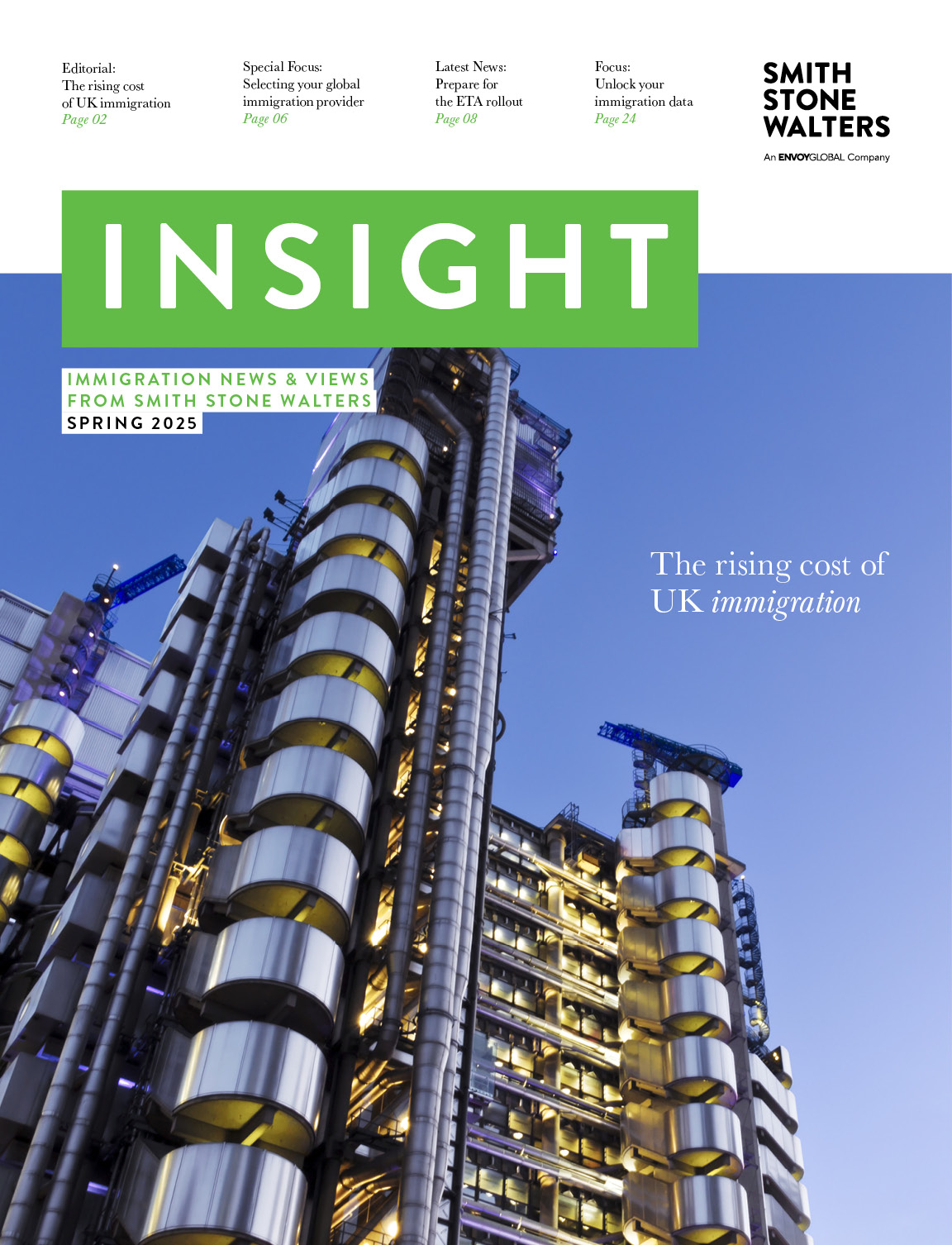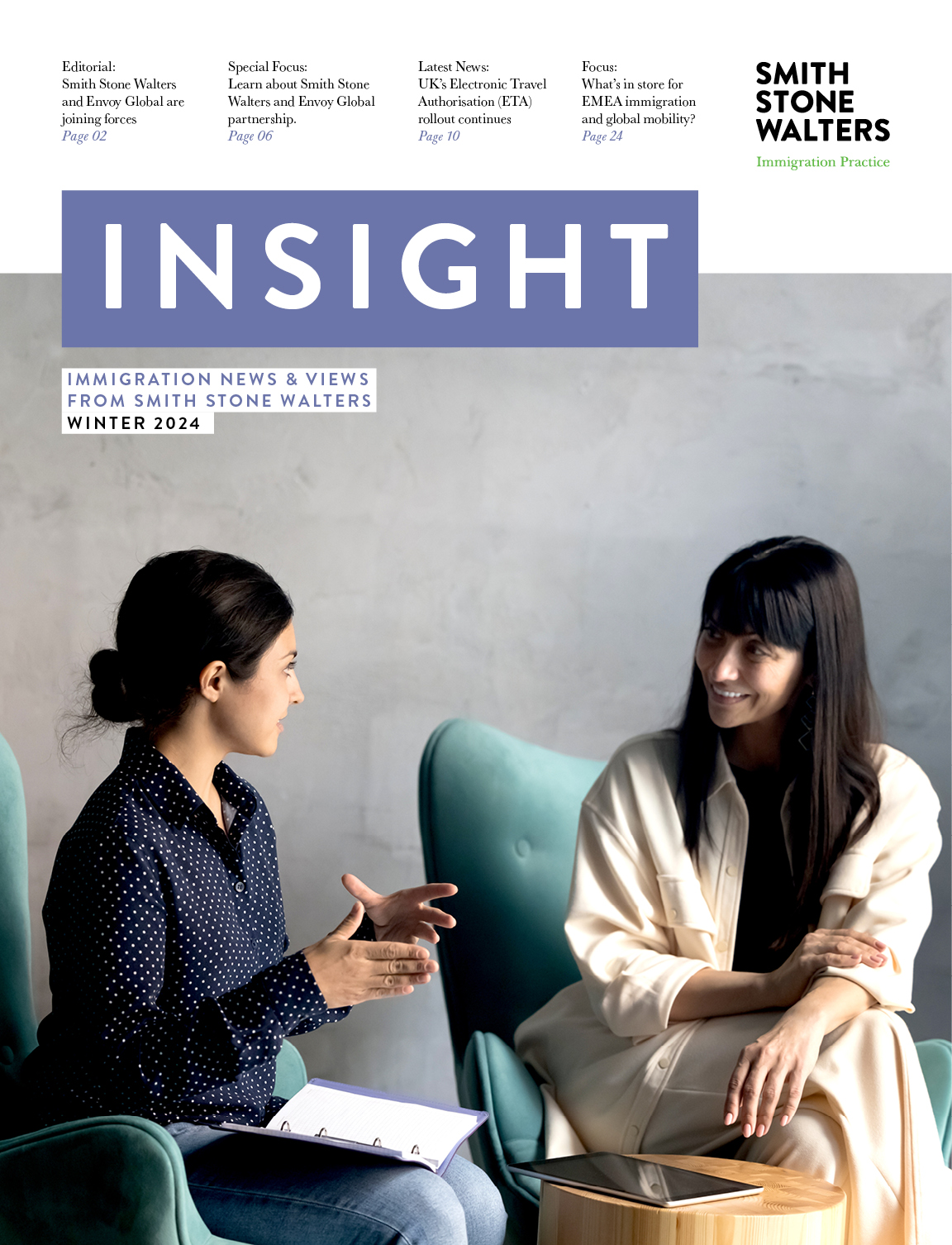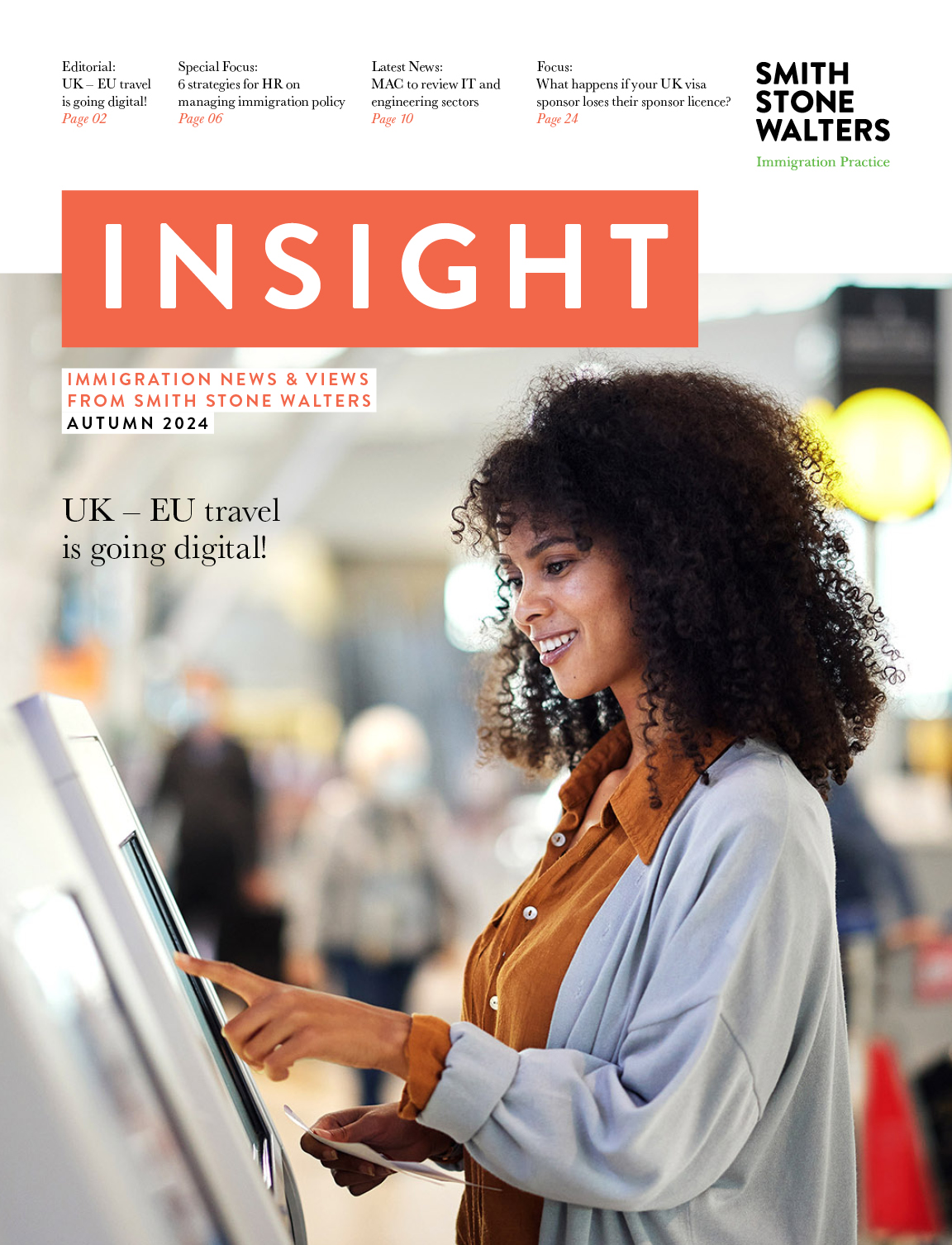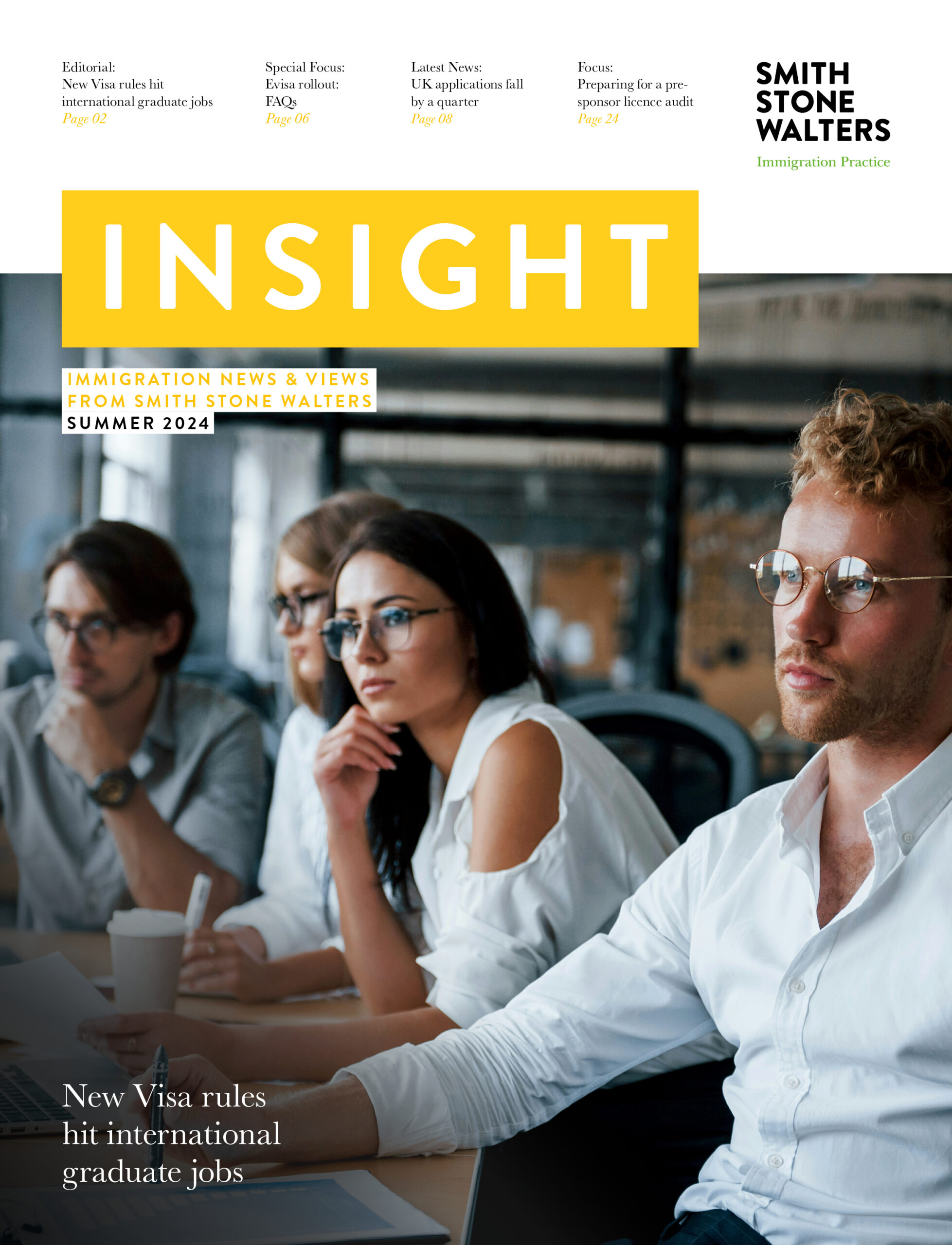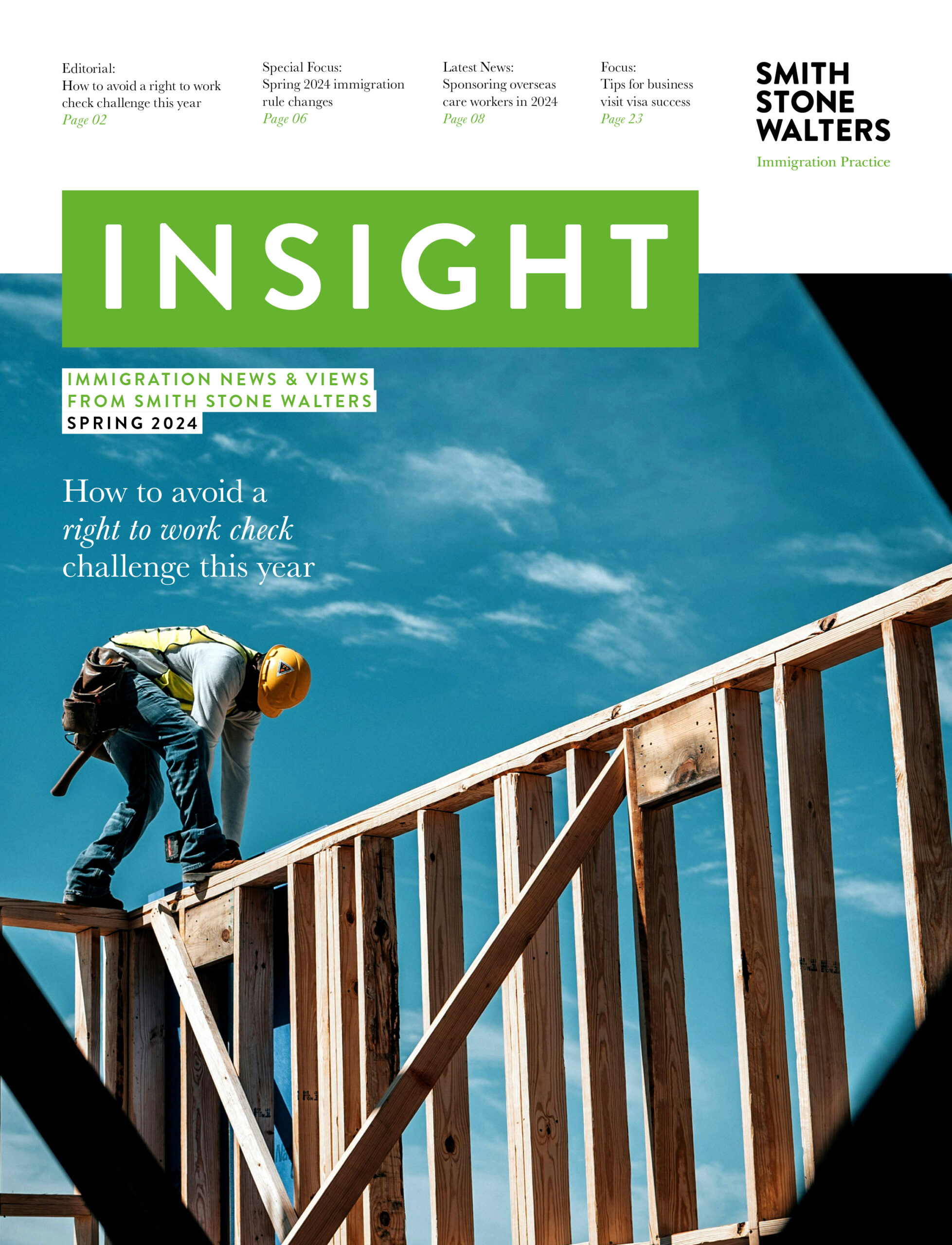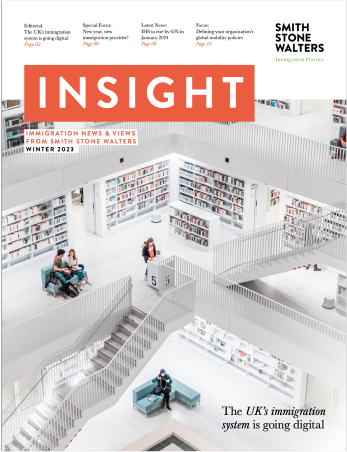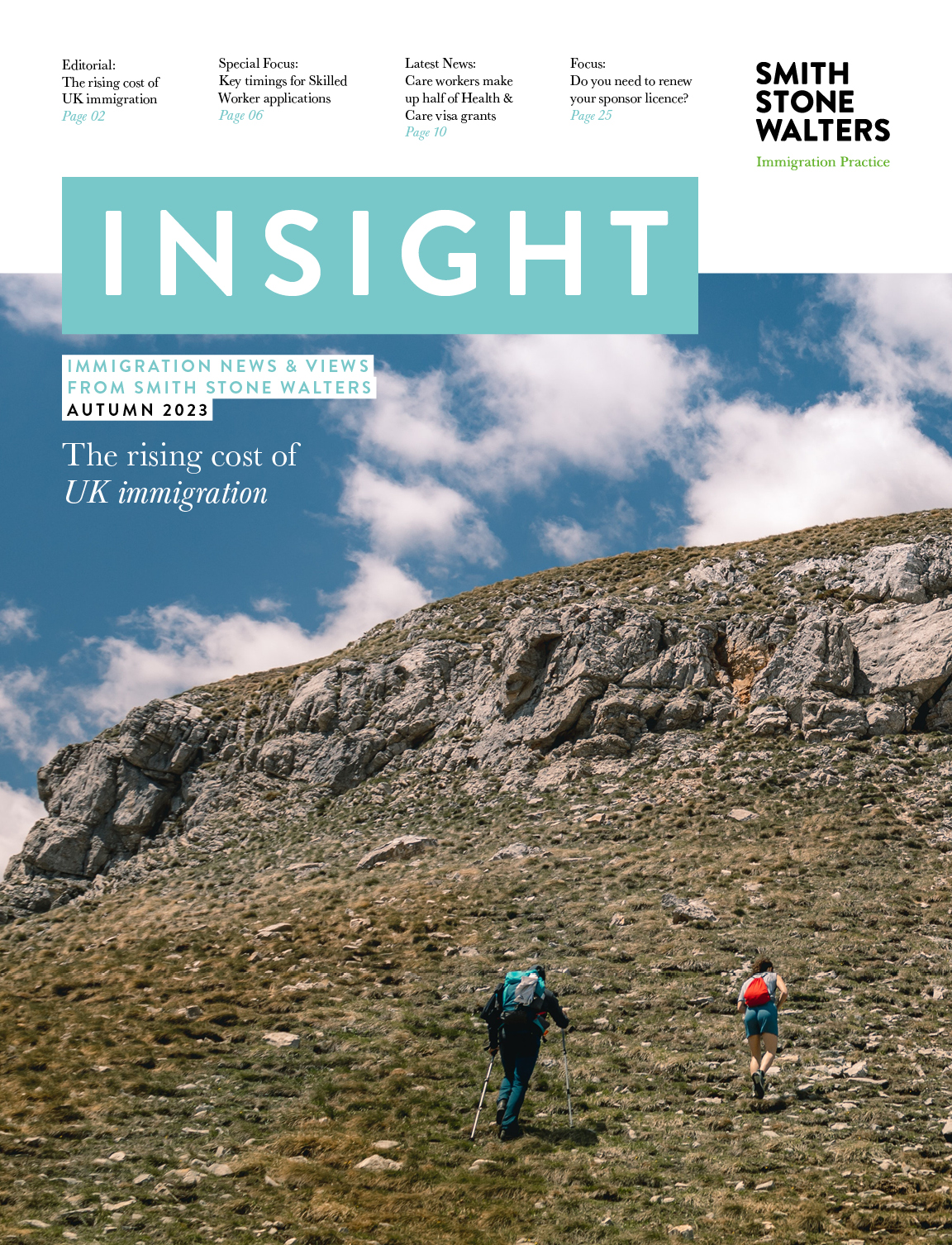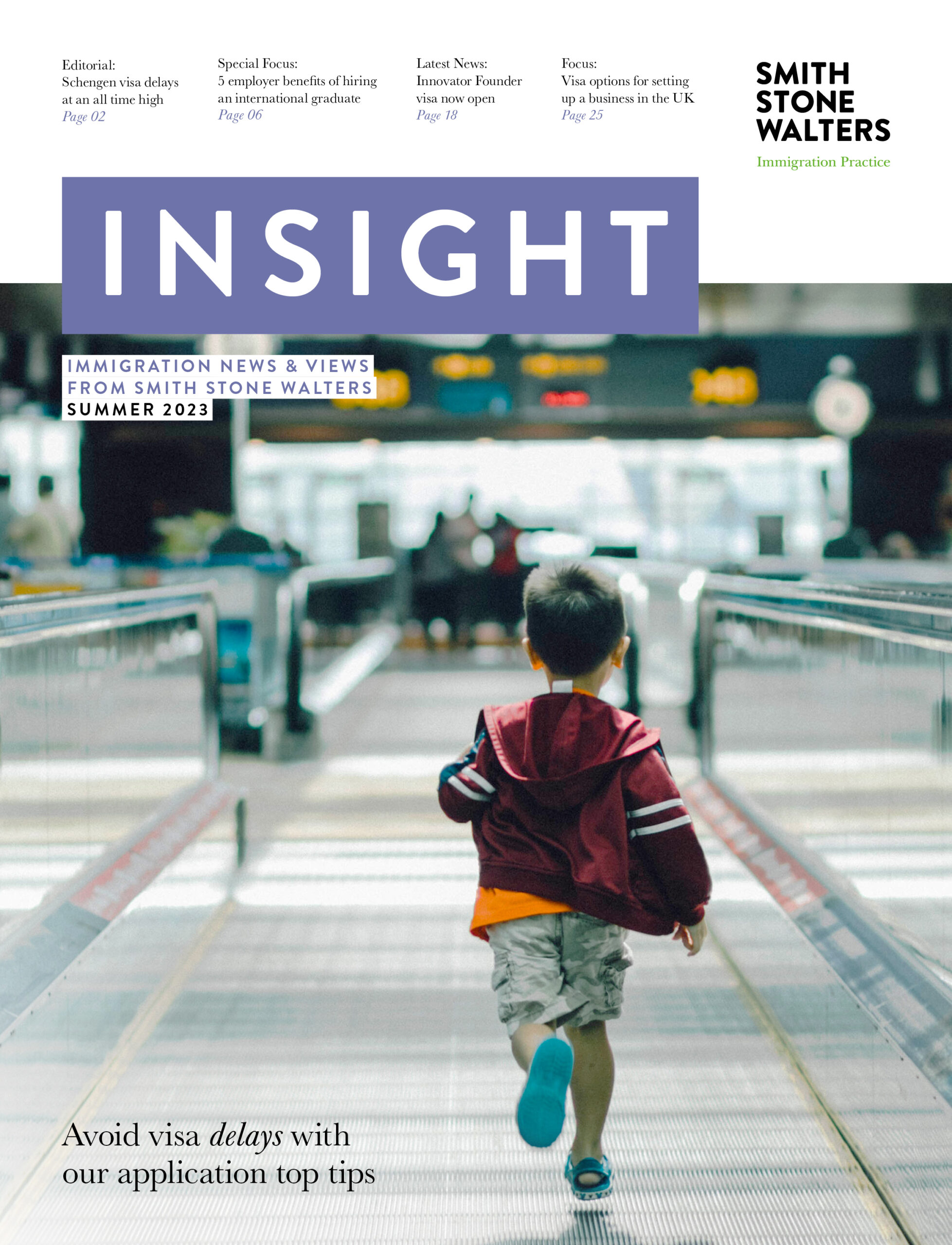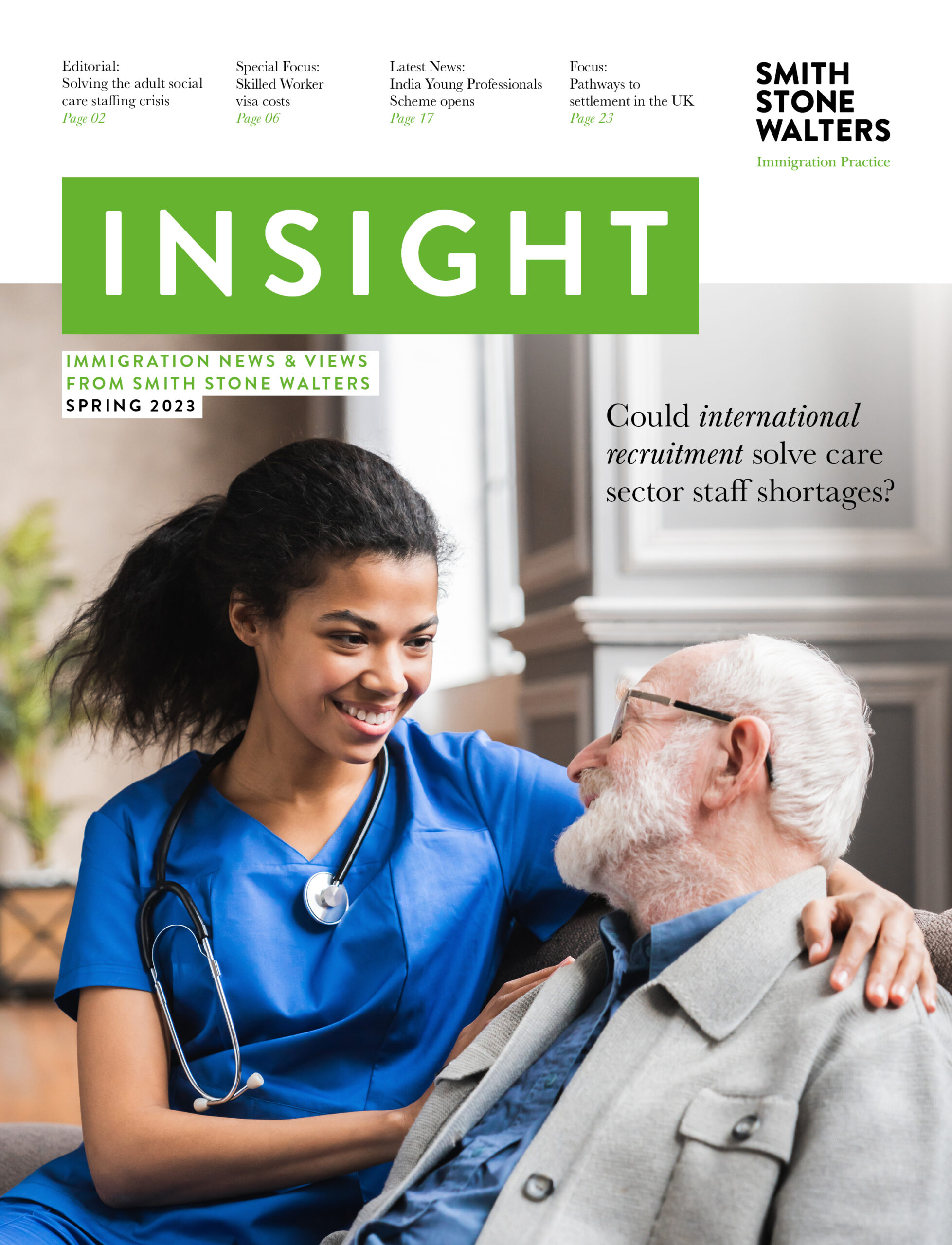Pathways to bring skilled workers into New Zealand
New Zealand has finally fully opened its borders for the first time since the abrupt closures implemented in March 2020 to keep COVID-19 out. The final stage of the phased re-opening was completed on Sunday night, with Prime Minister Jacinda Ardern describing the nation as “open for business”.
With the last COVID-19 restrictions now lifted, visitors from all over the world will once again be allowed into New Zealand. The re-opening is part of a range of immigration reforms New Zealand has implemented to help attract skilled workers back into the country and move away from its reliance on low-wage, low-skill migrant labour.
With this in mind, the government of New Zealand has recently announced a number of immigration updates which employers should be aware of. We set out the changes below, and look at the various pathways available for employers bringing skilled workers into New Zealand.
Fee increases
From 31 July 2022, Immigration fees and levies will increase for most visa applications. The average increase in the price of affected immigration services (excluding the eTA, Electronic Travel Authority) is around $81 (43%), with the largest increases for residence class visas.
Most visitor visas and some Pacific-focused visas will remain at current prices. The full table of fees, showing the increases, is available here.
New residence categories
The government of New Zealand has announced details of three new residence categories that will make it easier for employers to hire and attract migrants for specified high skilled, hard-to-fill occupations.
The three new residence categories are:
- ‘Straight to Residence’
- ‘Work to Residence’
- ‘Highly Paid’.
The Straight to Residence and Work to Residence relate to the respective Green List occupations, which allow employers to complete a Job Check for the Accredited Employer Work Visa without proof of advertising as long as the minimum requirements for the role at least match the minimum requirements. The new Highly Paid resident visa is for those earning twice the median wage.
The Straight to Residence pathway will be ready for people to apply for from 5 September 2022.
The Work to Residence and Highly Paid pathways require people to have worked for 24 months and will be available for people to apply for from 29 September 2023.
This work in New Zealand can be counted two years from 29 September 2021, which aligns with the 2021 Resident Visa eligibility date and ensures that the small number of people who do not qualify for the 2021 Resident Visa can still have some work in New Zealand recognised through these two new pathways.
These new visas are intended to complement the Skilled Migrant Category with the same health, age and character requirements but a different, more straightforward application process. The Skilled Migrant Category is currently suspended while the Government works through advice as part of the Immigration Rebalance.
All principal applicants must show that
- They are aged 55 years or younger
- They meet the English Language requirements under the Skilled Migrant Category (overall score of 6.5 IELTS or equivalent)
- They meet health and character requirements
- They have an offer of employment from, or are employed by, an accredited employer
- They are employed full-time (at least 30 hours weekly)
- The employment is full-time or fixed term for at least 12 months
- The employment is genuine and not offered as a result of the employee paying the employer.
Dependent children and partners will also need to meet requirements including health, character and English requirements (where applicable). Pre-Purchase of ESOL tuition is available for secondary applicants who do not meet the English test requirements.
All STR, WTR and HP residence applications will be prioritised over other skilled residence applications, including 2021 Resident Visa (2021RV) applications.
Independent contractors can also utilise the STR, WTR and HP pathways if they meet the requirements linked below.
Pathways to bring skilled workers into New Zealand
- Critical Purpose Visitor Visa: Border exceptions and CPVV applications can still be submitted to support workers to travel to NZ. Border exceptions will be phased out after 31 July 2022. Approved border exceptions will still allow CPVV holders to travel to NZ
- Specific Purpose Work Visa: This vehicle is generally used to support workers that are intra-corporate transferees, workers required to install or service assets that require specialist expertise as part of purchase or service agreements, and other workers that are working on specific specialist projects or events of a fixed term nature, where their skills are likely to benefit Kiwis and where there is no risk of a negative impact to job opportunities for Kiwis
- Accredited Employer Work Visas: The most common visa vehicle that will be used to allow skilled workers to travel to and work in New Zealand. This requires an employer to gain accreditation status and be approved for a Job Check application. Workers will need to be paid over $27.76 per hour or be offered employment in an exempt role (or in future, a sector agreement role). Workers will need to meet the instructions that Job Check applications are approved under. To be approved a Job Check application, a role must meet the following requirements:
- remuneration $55.52 per hour or more; or
- be on the Green List; or
- pass a labour market test
- Business Visitor Visas: Business visitor visas (including those secured via the Visa Waiver Scheme) can be used to allow for work in limited scenarios.
- Working Holiday Visas: Workers with citizenship from certain counties that have quota and can meet requirements, can use Working Holiday Visas to work in fixed term roles in New Zealand.
If you have questions about global immigration, Smith Stone Walters can help. To speak to a member of our global team about your specific requirements, please contact us today.


